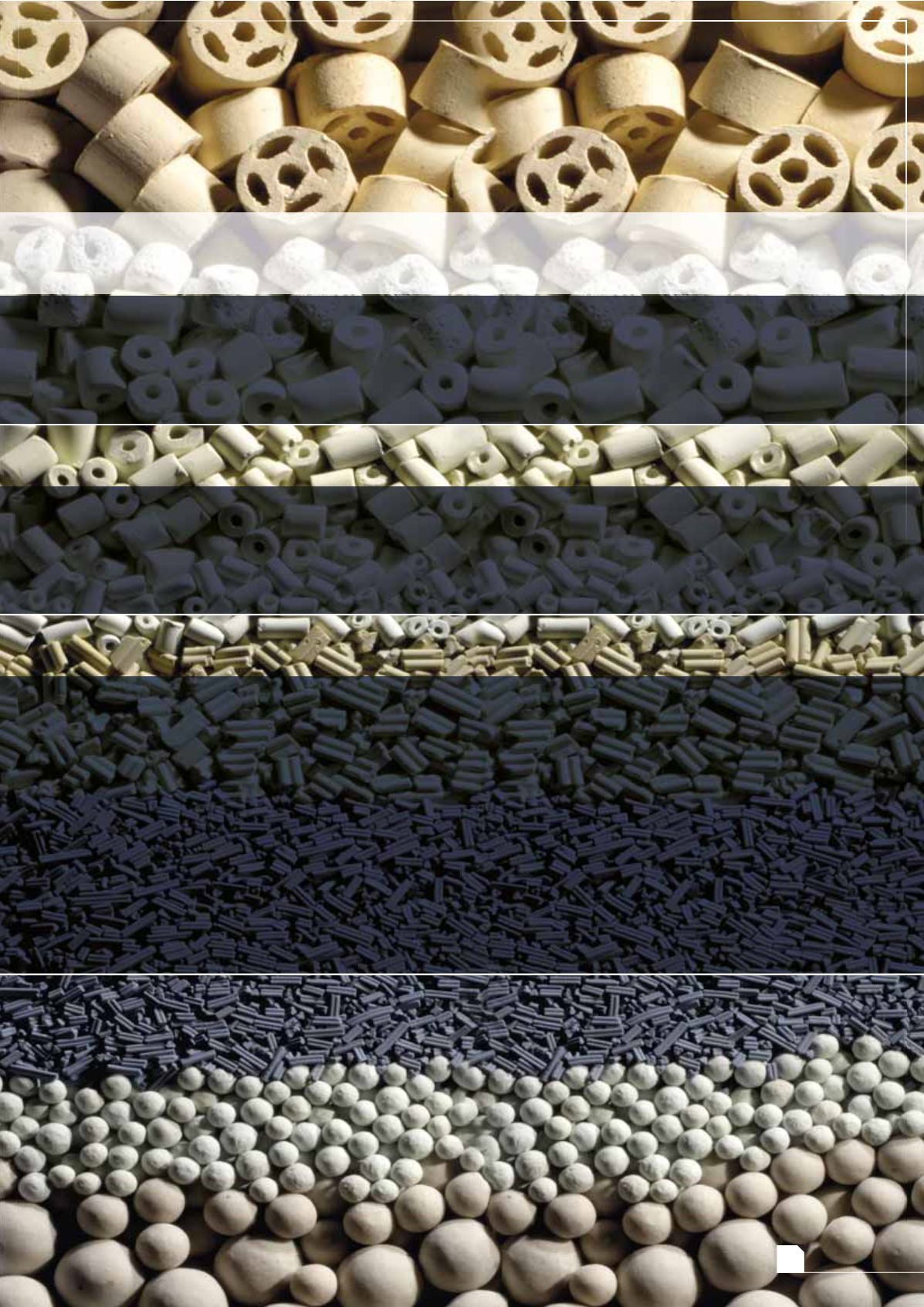
41
March
2017
HYDROCARBON
ENGINEERING
F
rom the first introduction of stacked catalyst
systems in the mid-1980s to the current solutions,
Criterion has long been employing such solutions to
the refining industry. The synergy offered by the
strategic application of nickel-molybdenum (NiMo) and
cobalt-molybdenum (CoMo) catalysts greatly improves the
hydrogenation horsepower of a catalyst system. This
increase in hydrogenation enables deep hydrodenitrification
(HDN) and aromatics saturation for enhanced
hydrodesulfurisation (HDS) performance along with
maximum hydrogen uptake for the highest overall yields.
Criterion Catalyst & Technologies' testing and commercial
experience with a range of different feedstocks has
demonstrated that a NiMo/CoMo stacked design results in
performance that can exceed that of 100% NiMo or 100%
CoMo catalyst systems. Applying a NiMo catalyst in the
upper part of the reactor to reduce nitrogen and
polynuclear aromatic (PNA) levels tends to ‘unlock’ direct
HDS reaction paths in the lower part of the reactor. The
direct-path HDS reactions consume less hydrogen and
result in boiling point shift and volume swell without a
significant increase in naphtha yields.
Custom stacked solutions
Ultra low sulfur diesel
HDS reactions occur rapidly in the upper section of a distillate
hydrotreater and may advance up to 80% completion.
James Esteban and Wes Whitecotton, Criterion Catalysts & Technologies,
USA,
discuss how stacked catalyst systems can improve catalyst system
stability and cycle longevity.
STABLE
STACKING








